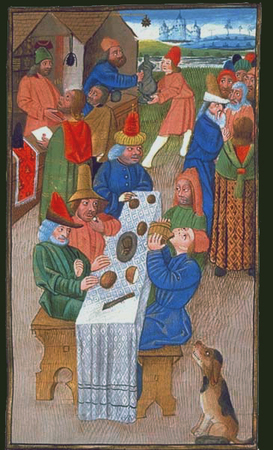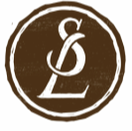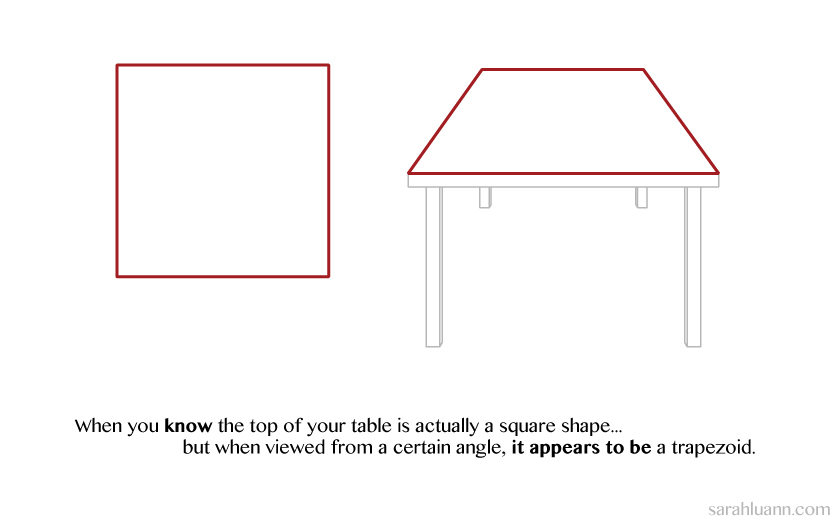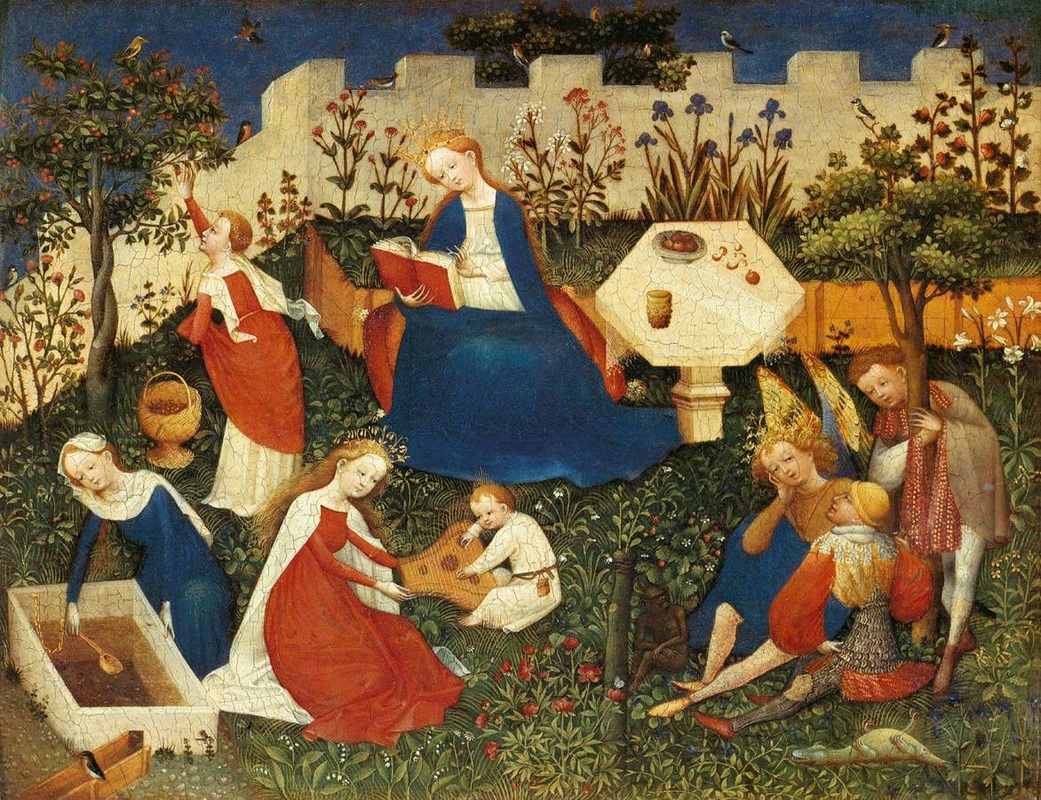|
Perspective. It’s important to understand for accurate drawing, but it can easily get over complicated. I searched for a video or a web page that explained the basics of perspective in a way that I liked, that got the important details without making things too complicated. I could not find one. (If you have any suggestions, please give me a link. I’d love to see.) So we’re back to that old saying, “If you want something done right, don’t expect to find it free on the internet.” Or something like that. So I want to give some of the very absolute basics of linear perspective as I understand them. In all honesty, you don’t need to know all the complicated geometry and fiddly details in order to draw well--the basic concepts are enough. This week I will go over the fundamentals as I understand them, and then the next lesson will get more details--but not too many. The most basic principle of perspective is this: As things get further away, they will appear to be smaller. As things get closer, they will appear bigger.  On a very basic level, we all understand this intuitively. When you wave to your friend who is standing at the other end of the street, you know that your friend isn’t actually a couple inches high, and you know they aren’t actually growing as they walk toward you. Their height never changed, only the distance between you. However, difficulties in representational drawing often arise when what we know gets in the way of what we see. Before artists understood perspective, their knowledge of how things were actually shaped often got in the way of drawing things as they appear. For example, in the picture on the left the artist knew that all of the people were about the same height. Therefore, there isn’t much variation in size between the people near the front and those in the back, though in reality the people in the distance would have appeared much smaller. Similarly, the artist knew that tables have a rectangular shape. Though the angle is slightly pushed into a parallelogram shape and very slightly smaller at one end, the artist is still hung up on the idea that the table is a long rectangular shape. When you look at this picture, you know that it doesn’t accurately represent how things appear in reality, but in can be hard to know why when our own knowledge of things seems to support the way the artist has drawn them. As we saw in that picture, perspective doesn’t apply only to individual objects. Not only will a person who is far away appear much smaller than a person who is close, but the far end of a large object, such as a table, will appear smaller than the close end. Lets look at the example of the table again. We know that the table in the picture above isn’t drawn “right.” But what would be the right way to draw it? Let us imagine a square table, because a square is easy to understand. We know that square table has sides that are of equal length, and all the angles are the same. But in order to accurately draw the table as it appears in perspective, we need to set that knowledge aside, and instead use our knowledge of perspective. Let’s review--What is the most basic principle of perspective? As things get further away they appear smaller. To translate that into the specific problem of the square table, we then know that when viewed in perspective the closer end of the table will appear larger than the farther end. How do we apply this knowledge to drawing? Being aware of how distance affects apparent size is the first step. Be on the lookout for it. Make note of the times when your knowledge seems to be at odds with what you see. Exercise: Look for Perspective Goal/Focus: see perspective in everyday life, drawing accuracy, realize the difference between what you know and what you see. Materials: Sketchbook, pen or pencil Assignment: Be on the lookout for examples of perspective in the things you see everyday, and record what you observe in your sketchbook. Maybe you find it interesting how a tree that is close to you appears so much larger than one in the distance. Maybe you place two apples on your table--one close to you, and one all they way on the other end. Be creative. Be aware of how your knowledge of the actual size and shape of things might tempt you to draw them differently from how they appear. Try recording the difference--draw the shape you know, then imagine how it might appear if viewed at an angle. The artist creating this image knew the table was a hexagon, so that is how it was drawn. It appears flat, and the near side is the same length as the far side. How would you draw this table in perspective?
0 Comments
Leave a Reply. |
Your email will not be shared with anyone. It will only be used for updates from me, and you can unsubscribe at any time.
Categories
All
|



 RSS Feed
RSS Feed